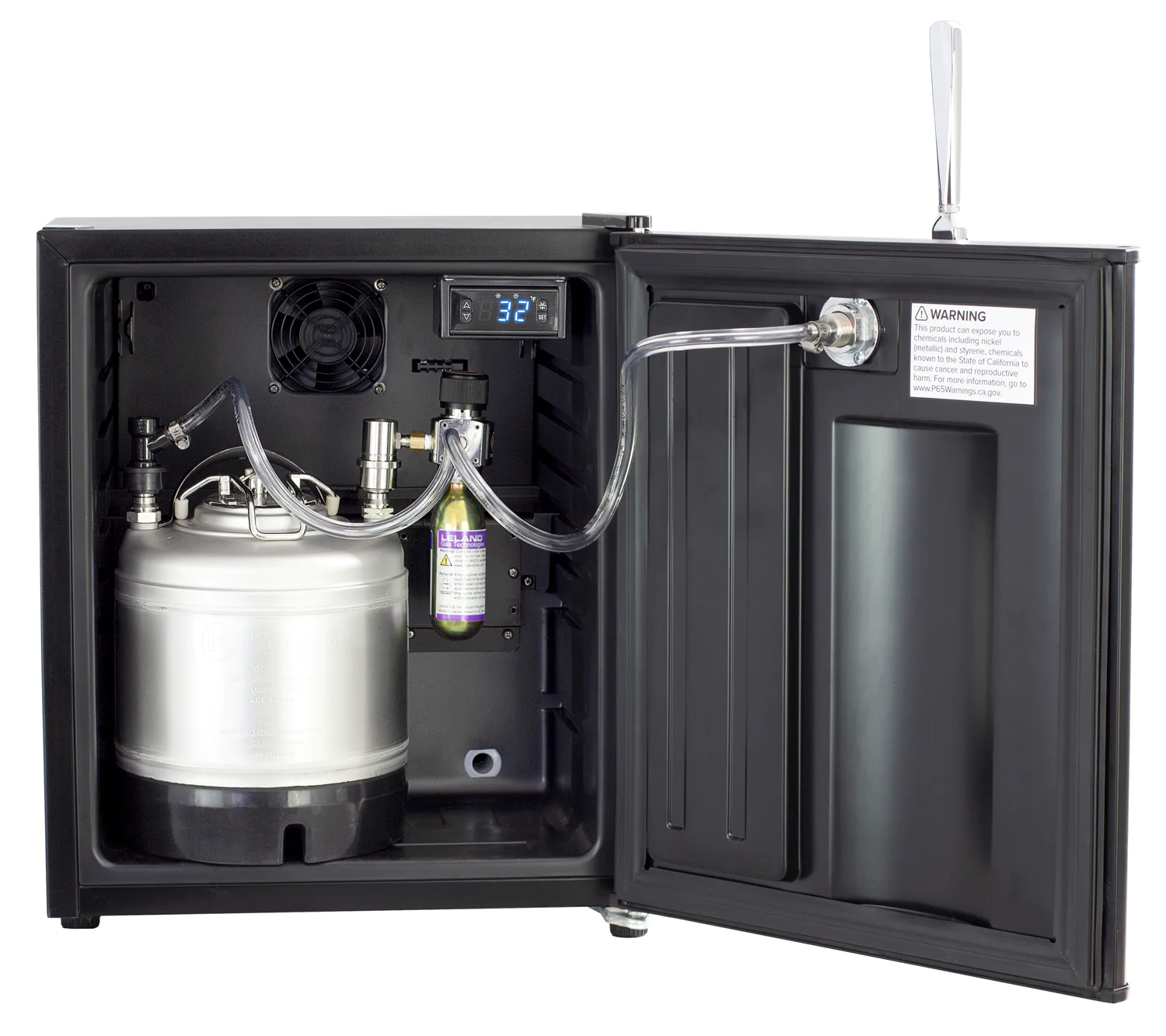

Articles
How Does A Mini Kegerator Work
Modified: February 20, 2024
Discover how a mini kegerator works and explore informative articles on kegerator maintenance, troubleshooting, and more.
(Many of the links in this article redirect to a specific reviewed product. Your purchase of these products through affiliate links helps to generate commission for Storables.com, at no extra cost. Learn more)
Introduction
Craft beer enthusiasts and homebrewers alike have likely come across the term “mini kegerator” in their quest for the perfect pour. But what exactly is a mini kegerator and how does it work? In this article, we’ll delve into the intricacies of this compact marvel and explore its inner workings.
A mini kegerator is a specialized device designed to store and dispense draft beer from a mini keg. It offers beer enthusiasts the convenience of having a fresh draft beer experience at home without the need for a full-sized keg setup. Whether you’re hosting a small gathering or simply enjoying a cold one after a long day, a mini kegerator can provide the perfect solution.
Understanding the basics of a mini kegerator can help you appreciate the engineering brilliance behind this innovative appliance. It combines a cooling mechanism, dispensing system, and a CO2 system to provide a consistent and refreshing pour each time you open the tap.
In the subsequent sections, we will break down the components and explore how each of them contributes to the overall functionality of a mini kegerator. So, let’s dive in and discover the fascinating world of mini kegerators!
Key Takeaways:
- Mini kegerators are compact, self-contained beer dispensing systems that maintain the ideal temperature and use CO2 to ensure a smooth pour. Understanding their components and maintenance is crucial for a top-notch beer-drinking experience at home.
- Proper cooling, carbonation management, and regular maintenance are essential for maximizing the enjoyment of a mini kegerator. By following helpful tips and understanding its inner workings, beer enthusiasts can savor the full flavors of their favorite brews.
Read more: How Does The Kegerator Work?
Understanding the Mini Kegerator
Before we delve into the inner workings of a mini kegerator, it’s important to have a clear understanding of what exactly it is. A mini kegerator is a compact, self-contained beer dispensing system that is designed to hold and dispense beer from a mini keg. It eliminates the need for traditional kegs, CO2 tanks, and complex dispensing setups.
At its core, a mini kegerator functions much like its larger counterparts. It maintains the beer at the ideal temperature for serving and uses CO2 to pressurize the keg, allowing for a smooth and controlled dispensing of beer. However, there are some key differences that set the mini kegerator apart.
One of the main differences is the size. As the name suggests, mini kegerators are significantly smaller and more portable compared to standard kegerators. This makes them ideal for those with limited space or who prefer to have their beer dispensing system easily movable.
Moreover, mini kegerators are typically designed to accommodate mini kegs, which are smaller versions of traditional kegs. These mini kegs usually hold around 5 liters of beer, making them perfect for smaller gatherings or personal enjoyment.
Another important aspect to consider when understanding the mini kegerator is the compatibility with different types of kegs. While some models are specifically built for use with proprietary kegs, such as Heineken or Guinness, others feature a versatile design that can fit various brands and styles of mini kegs.
Understanding the versatility and compatibility of your mini kegerator will help you make an informed decision when it comes to choosing the right unit for your needs and preferences. Now, let’s move on to explore the different components that come together to make the mini kegerator function.
Components of a Mini Kegerator
A mini kegerator consists of several key components that work together to ensure the proper storage and dispensing of draft beer. Understanding these components will give you a better grasp of how the mini kegerator operates and how to maintain it effectively.
- Outer Casing: The outer casing of a mini kegerator is typically made of durable materials like stainless steel or plastic. This casing helps to protect the internal components and provides insulation to maintain the optimum temperature for beer storage.
- Inner Chamber: The inner chamber is where the mini keg is placed for cooling and dispensing. It is usually lined with insulation to keep the beer cold and prevent temperature fluctuations.
- Thermostat: The thermostat is responsible for regulating the temperature inside the mini kegerator. It allows you to adjust the temperature settings to ensure that the beer is stored and served at the optimal temperature.
- CO2 Cartridge: A mini kegerator uses a small CO2 cartridge to pressurize the keg. This creates a controlled flow of beer from the keg to the tap, resulting in a consistent and smooth pour. The CO2 cartridge is usually located at the back or side of the unit.
- Tapping System: The tapping system consists of the tap handle, faucet, and beer line. This is where the beer is dispensed into your glass. The tap handle is used to control the flow of beer, while the faucet ensures a steady stream of liquid. The beer line connects the keg to the tap, allowing beer to flow from the keg to the faucet.
- Drip Tray: A drip tray is positioned beneath the faucet to catch any drips or spills that may occur during the pouring process. It helps keep your countertop or bar area clean and prevents pooling of beer.
- Gauge and Pressure Regulator: Some mini kegerators come with a gauge and pressure regulator. This allows you to monitor and adjust the level of CO2 pressure inside the keg. Maintaining the right pressure ensures proper carbonation and dispensing of the beer.
- Power Cord: Mini kegerators are typically powered by electricity and come with a power cord for easy connection to an electrical outlet.
These components, working in harmony, create the perfect environment for storing and dispensing draft beer from a mini keg. Now that we have a better understanding of the components, let’s explore the cooling mechanism of a mini kegerator in the next section.
Cooling Mechanism
The cooling mechanism is a crucial component of a mini kegerator as it ensures that the beer is stored and served at the optimal temperature. Maintaining the right temperature is essential to preserve the flavor, aroma, and quality of the beer.
Most mini kegerators use a compressor-based cooling system, similar to a refrigerator, to cool the inner chamber. This system utilizes a compressor, condenser, evaporator, and refrigerant to regulate the temperature inside the kegerator.
The compressor is the heart of the cooling system. It compresses the refrigerant gas, raising its pressure and temperature. This high-pressure gas is then passed through the condenser, where it comes into contact with cooler air or a fan. As a result, the refrigerant releases heat and transforms into a high-pressure liquid.
From the condenser, the high-pressure liquid refrigerant flows into the evaporator coil inside the inner chamber of the mini kegerator. As the liquid refrigerant expands, it evaporates and absorbs heat from the surrounding air, which lowers the temperature inside the chamber.
During this process, the evaporator coil acts as a heat exchanger, transferring the heat from the chamber to the refrigerant. As a result, the air inside the chamber cools down, creating the ideal environment for storing and chilling the beer.
The thermostat plays a critical role in controlling the cooling mechanism. It monitors the temperature inside the mini kegerator and signals the compressor to start or stop running when the desired temperature range is reached. This ensures that the beer remains consistently chilled without becoming too cold or warm.
Some mini kegerators also feature adjustable temperature settings, allowing you to fine-tune the cooling mechanism to suit your preferences. Whether you prefer your beer ice-cold or slightly cooler, the cooling mechanism can be customized to deliver the perfect drinking experience.
It’s important to note that maintaining a constant temperature inside the mini kegerator is essential for optimum beer quality. Fluctuating temperatures can lead to variations in flavor, carbonation, and overall drinking experience. Regularly monitoring and adjusting the cooling mechanism will help ensure that your beer is stored and served at its best.
Now that we have explored the cooling mechanism, let’s move on to uncovering the inner workings of the dispensing system in a mini kegerator.
Dispensing System
The dispensing system is a critical component of a mini kegerator as it is responsible for delivering the beer from the keg to your glass. It ensures a smooth and controlled flow of beer, allowing you to enjoy the perfect pour with each serving.
The main elements of the dispensing system in a mini kegerator include the tap handle, faucet, beer line, and keg coupler. Let’s take a closer look at each of these components:
- Tap Handle: The tap handle is the control mechanism that allows you to start and stop the flow of beer. When you pull the tap handle forward, it opens the keg’s dispensing valve, allowing beer to flow through the system. Pushing the tap handle back stops the flow of beer.
- Faucet: The faucet is the nozzle from which the beer is dispensed. It creates a smooth and controlled flow of beer, preventing excessive foaming or splattering. Some mini kegerators come with a removable and interchangeable faucet, allowing you to customize your pouring experience.
- Beer Line: The beer line is a tube that connects the keg coupler to the faucet. It acts as a conduit for the beer, ensuring a continuous flow from the keg to the tap. The length and material of the beer line can impact the overall pouring quality, so it’s essential to choose the right size and material for optimal performance.
- Keg Coupler: The keg coupler is a device that attaches to the top of the mini keg. It creates a seal and connects the beer line to the keg’s internal system. The keg coupler contains a built-in valve that regulates the flow of beer and controls the release of CO2, ensuring proper carbonation and dispensing.
When you pull the tap handle forward, it opens the keg coupler’s valve, allowing pressurized beer to flow from the keg to the faucet. The beer then travels through the beer line and out of the faucet into your glass, ready to be enjoyed.
It’s important to note that the proper operation of the dispensing system is essential for achieving the perfect pour. Factors such as the pressure level, the angle at which you hold the glass, and the speed of the pour can all influence the overall beer experience. Experimenting with these variables can help you find the ideal pour that suits your personal preferences.
Now that we have explored the dispensing system, let’s move on to understanding how the CO2 system works in a mini kegerator.
When using a mini kegerator, make sure to keep the CO2 pressure at the recommended level for the type of beer you are dispensing. This will ensure the proper carbonation and flavor of the beer.
Read more: How Does Mini Split AC Work
How Does the CO2 System Work?
The CO2 system is a crucial component of a mini kegerator as it helps maintain the carbonation and pressure needed for the perfect pour. It ensures that your beer stays fresh and properly carbonated throughout the duration of its storage and dispensing.
The CO2 system in a mini kegerator typically consists of a CO2 cartridge, regulator, and tubing. Here’s a breakdown of how the CO2 system works:
- CO2 Cartridge: The CO2 cartridge is a small, compact canister filled with carbon dioxide gas. It is threaded into the mini kegerator and acts as the source of pressurized gas for the keg.
- Regulator: The regulator is a device that attaches to the CO2 cartridge and regulates the flow and pressure of CO2 into the keg. It allows you to adjust the desired pressure level to ensure proper carbonation and dispensing of the beer.
- Tubing: Tubing is used to connect the CO2 regulator to the keg coupler. It allows the pressurized CO2 gas to flow from the regulator into the keg, maintaining the desired pressure level.
Here’s a step-by-step overview of how the CO2 system works:
- The CO2 cartridge is threaded into the mini kegerator and secured in place.
- The tubing is attached to the CO2 regulator and the keg coupler, creating a sealed connection.
- The CO2 regulator is adjusted to the desired pressure level, ensuring proper carbonation and dispensing. The recommended pressure varies depending on the type of beer and personal preference.
- When the tap handle is opened, the CO2 gas flows from the regulator into the keg, pressurizing it. This pressure forces the beer out of the keg and through the dispensing system, resulting in a smooth and controlled pour.
- The CO2 system continues to supply gas to the keg as beer is dispensed, maintaining the proper pressure and carbonation level throughout the life of the keg.
It’s important to periodically check the CO2 levels and adjust the pressure as needed to ensure consistent carbonation. If the CO2 cartridge runs out or the pressure drops, the beer may lose its carbonation and result in a flat and less enjoyable pour.
Understanding how the CO2 system works in a mini kegerator allows you to effectively control the carbonation and pressure, ensuring a high-quality beer pouring experience. With the CO2 system properly set up, we can now move on to discussing the maintenance and cleaning of a mini kegerator.
Maintenance and Cleaning of a Mini Kegerator
Proper maintenance and regular cleaning are essential to keep your mini kegerator in optimal condition and ensure the best possible beer drinking experience. Here are some important maintenance and cleaning practices to follow:
- Regular Temperature Monitoring: Keep an eye on the temperature inside the mini kegerator using the built-in thermostat or a separate thermometer. Ensure that it remains within the recommended range for beer storage, usually between 36-40°F (2-4°C).
- CO2 Cartridge Replacement: Monitor the CO2 cartridge and replace it when it is running low. Most cartridges have indicators that show when it’s time for a replacement. Always ensure you have a spare cartridge on hand to avoid interruptions in beer dispensing.
- Cleaning the Beer Line: Over time, beer residue and bacteria can build up in the beer line, potentially affecting the taste and quality of the beer. Regularly clean the beer line using a specific beer line cleaning kit or a mixture of warm water and cleaning solution. Follow the manufacturer’s instructions for the cleaning process.
- Cleaning the Drip Tray: The drip tray is prone to spills and buildup of beer residue. Remove and clean the drip tray regularly to prevent the growth of bacteria and maintain a clean serving area. Simply rinse it with warm water and mild detergent, then dry it thoroughly before reattaching.
- Sanitizing the Keg Coupler: The keg coupler can come in contact with beer and other contaminants, making sanitation important. Use a food-grade sanitizer to clean the keg coupler and ensure it is free from bacteria or residue. Rinse it thoroughly before reattaching it to the keg.
- Cleaning the Outer Casing: Wipe down the outer casing of the mini kegerator regularly to remove any dust, spills, or fingerprints. Use a damp cloth and mild detergent to clean the surface, then dry it thoroughly to prevent any water damage or corrosion.
- Inspecting and Replacing Seals: Periodically check the seals and gaskets on the mini kegerator, including those on the keg coupler and tap handle. If you notice any signs of wear or leaks, replace the seals to maintain a proper seal for the keg, preventing any loss of carbonation or beer.
By following these maintenance and cleaning practices, you can ensure that your mini kegerator remains in top condition, providing you with a fresh and enjoyable beer pouring experience each time.
Now that we have covered the maintenance and cleaning aspect, let’s move on to some helpful tips for using a mini kegerator.
Tips for Using a Mini Kegerator
Using a mini kegerator can be a rewarding and convenient way to enjoy draft beer at home. To enhance your experience and get the most out of your mini kegerator, here are some helpful tips to keep in mind:
- Allow for Proper Cooling: Before tapping a new keg, make sure to allow it to cool in the mini kegerator for at least 24 hours. This ensures that the beer reaches the optimal temperature and carbonation level for serving.
- Practice Proper Glassware Handling: Use clean and properly rinsed beer glasses for serving. Wet glasses or glasses with soap residue can negatively affect the foam and taste of the beer. Hold the glass at a slight angle while pouring to minimize excessive foam.
- Manage Carbonation Levels: Adjust the CO2 pressure using the regulator to control the carbonation levels according to your preference and the beer style. Experiment with different pressure settings to find the right balance of carbonation and smoothness for your desired pour.
- Purge the System: When connecting a new keg or replacing an empty one, it’s advisable to purge the system of any remaining CO2 and residue. This helps maintain the freshness of the beer and prevents unwanted flavors from previous pours.
- Avoid Over-pumping: While it may be tempting to pump the tap handle vigorously, avoid excessive pumping as it can cause excessive foaming and disrupt the balance of carbonation in the beer. Use a smooth and even motion when pulling the tap handle to ensure a controlled flow.
- Keep the Mini Kegerator Clean: Regularly clean and sanitize the components of the mini kegerator, including the beer line, faucet, and keg coupler. This helps remove any build-up of bacteria or residue that can affect the taste and quality of the beer.
- Rotate Kegs: If you have multiple kegs, it’s a good idea to rotate them to ensure freshness. By using one keg at a time and allowing the others to remain chilled, you can enjoy a variety of beers without compromising their quality.
- Experiment with Beer Styles: Mini kegerators offer the opportunity to explore and indulge in different beer styles. Try a variety of beers, from stouts to IPAs, to discover new flavors and expand your palate.
By following these tips, you can maximize the enjoyment and longevity of your mini kegerator, ensuring a satisfying beer pouring experience with each use. Cheers!
Now that we’ve covered the tips for using a mini kegerator, let’s wrap up the article.
Conclusion
The mini kegerator is a compact marvel that brings the joy of fresh draft beer into the comfort of your own home. Understanding its components and inner workings allows you to appreciate the engineering brilliance behind this innovative appliance.
From the cooling mechanism that maintains the perfect temperature, to the dispensing system that ensures a smooth and controlled pour, every component plays a vital role in delivering a high-quality beer drinking experience. The CO2 system maintains carbonation and pressure, while regular maintenance and cleaning keep the mini kegerator in optimal condition.
By following helpful tips, such as allowing for proper cooling, managing carbonation levels, and maintaining cleanliness, you can maximize the enjoyment of your mini kegerator and savor the full flavors of your favorite beers.
Whether you’re a craft beer enthusiast, a homebrewer, or simply someone who appreciates the taste of fresh draft beer, the mini kegerator offers a convenient and enjoyable way to pour a pint anytime you desire.
So, raise your glass to the wonders of technology and the joy of a perfectly poured pint. With a mini kegerator by your side, you can savor the rich flavors, the enticing aromas, and the delightful bubbles of your favorite beers in the comfort of your own home.
Cheers!
Frequently Asked Questions about How Does A Mini Kegerator Work
Was this page helpful?
At Storables.com, we guarantee accurate and reliable information. Our content, validated by Expert Board Contributors, is crafted following stringent Editorial Policies. We're committed to providing you with well-researched, expert-backed insights for all your informational needs.
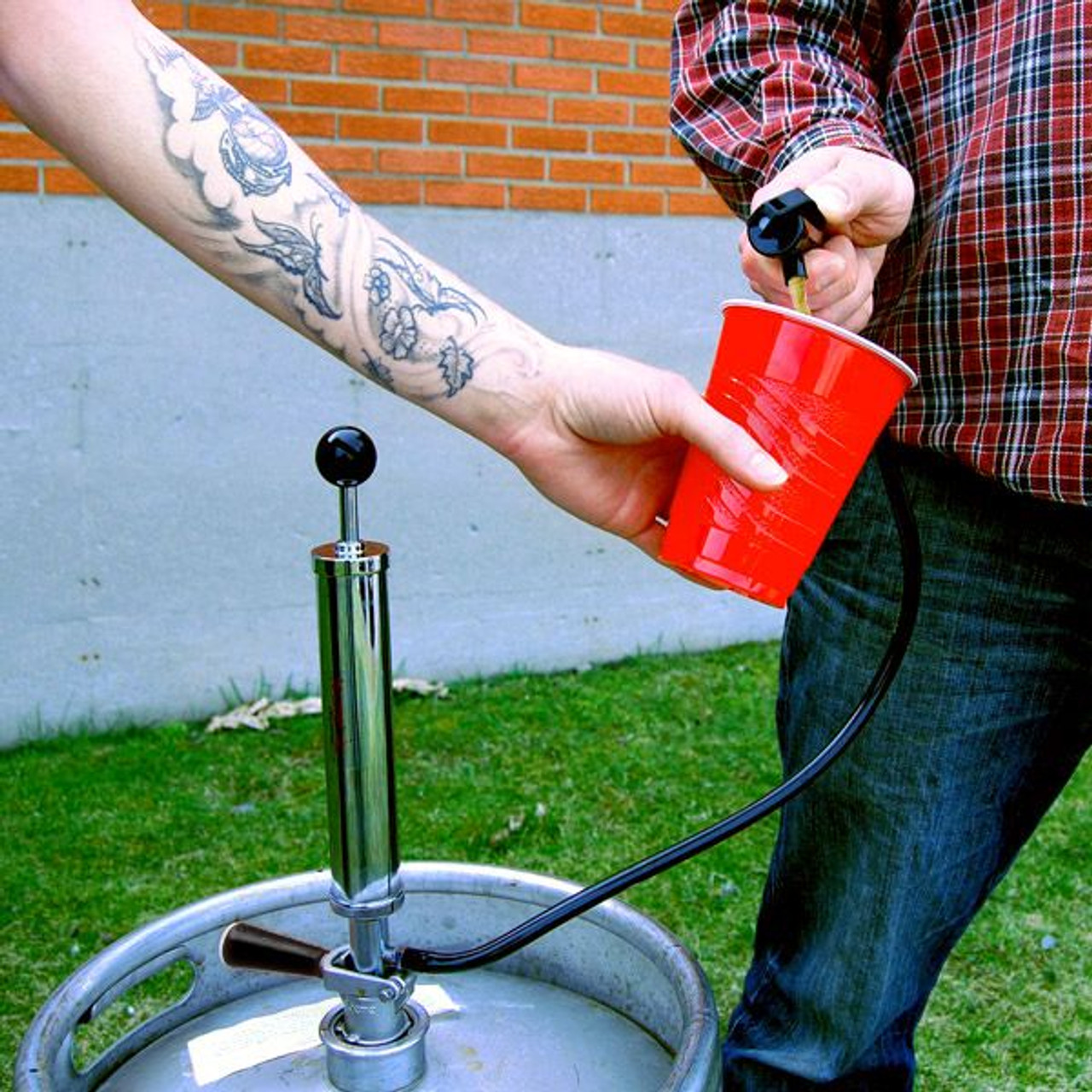
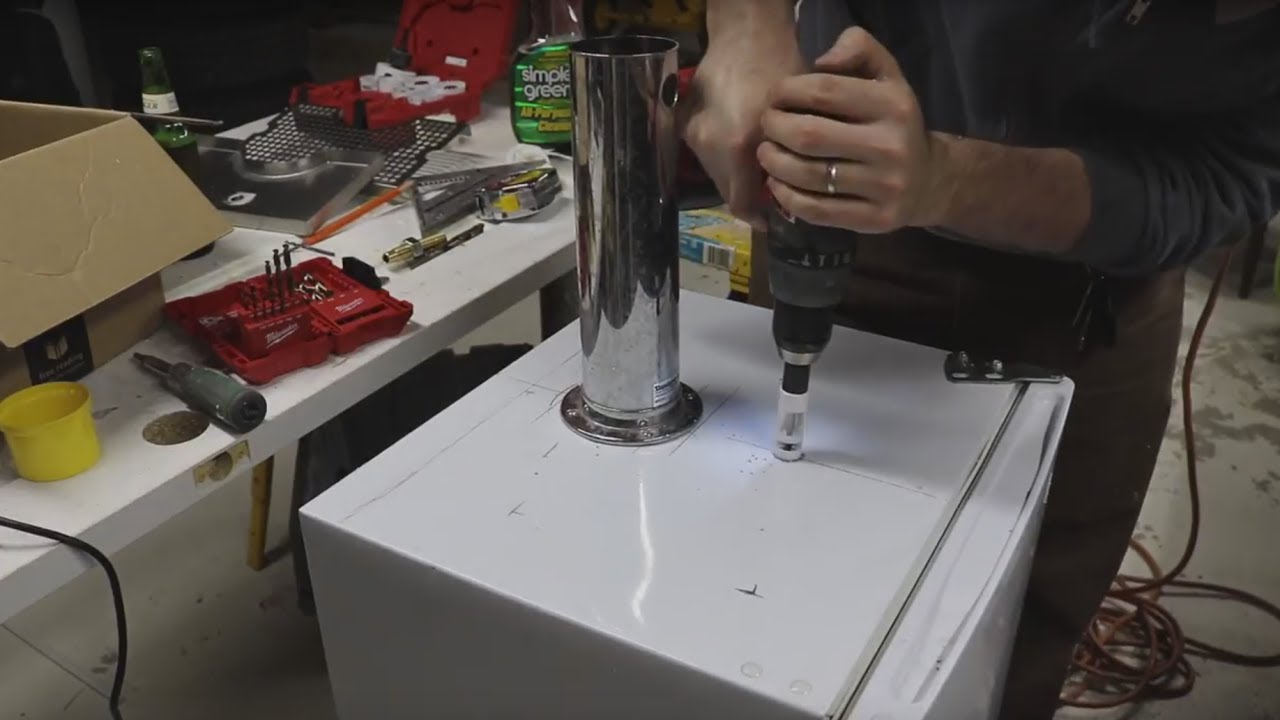
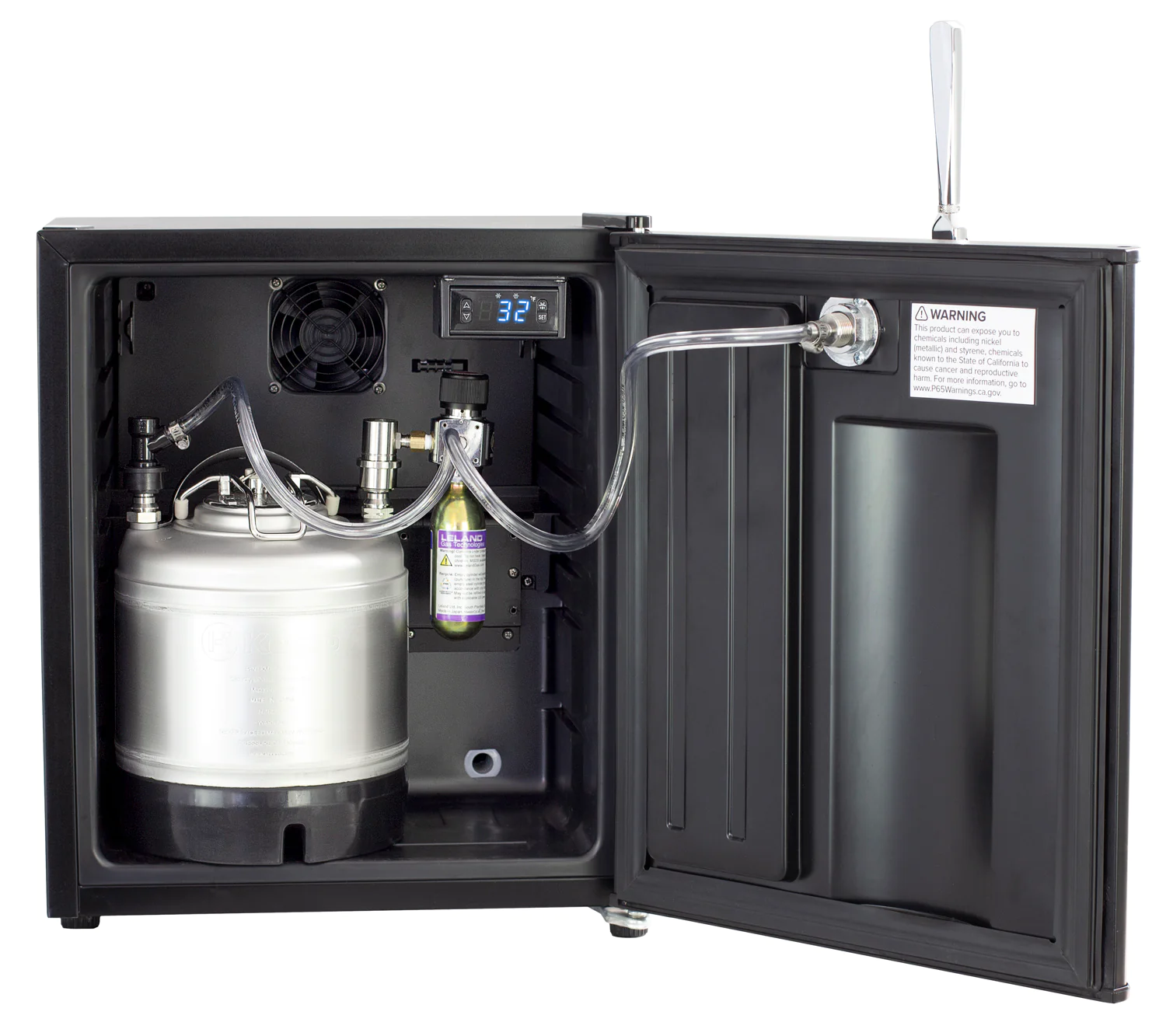
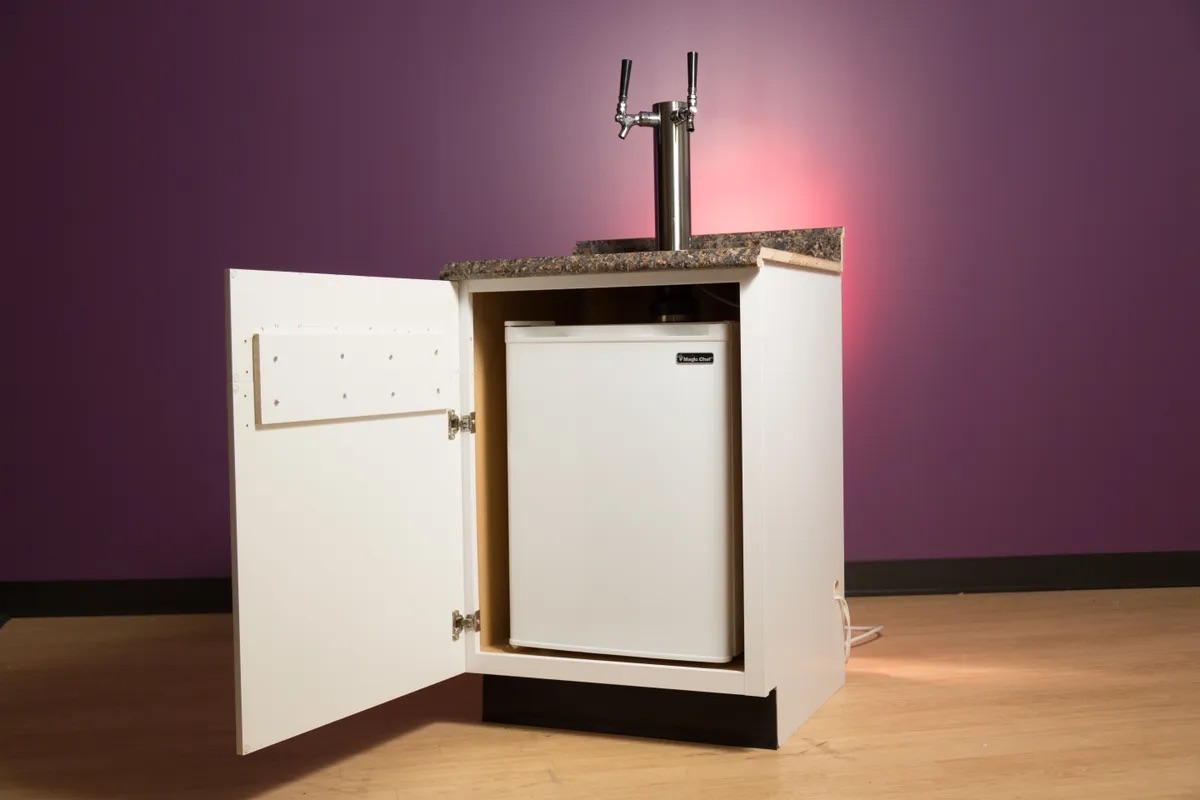
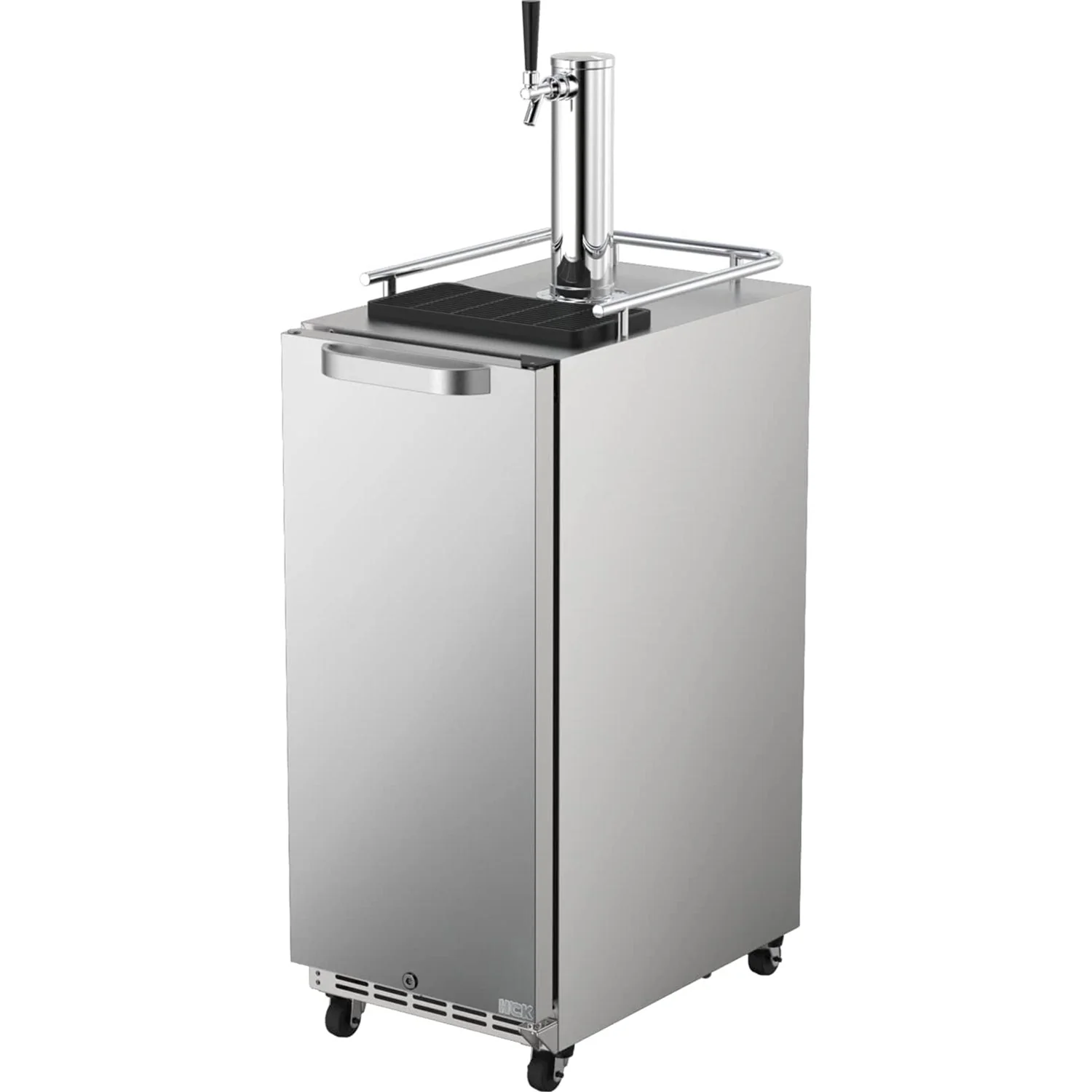
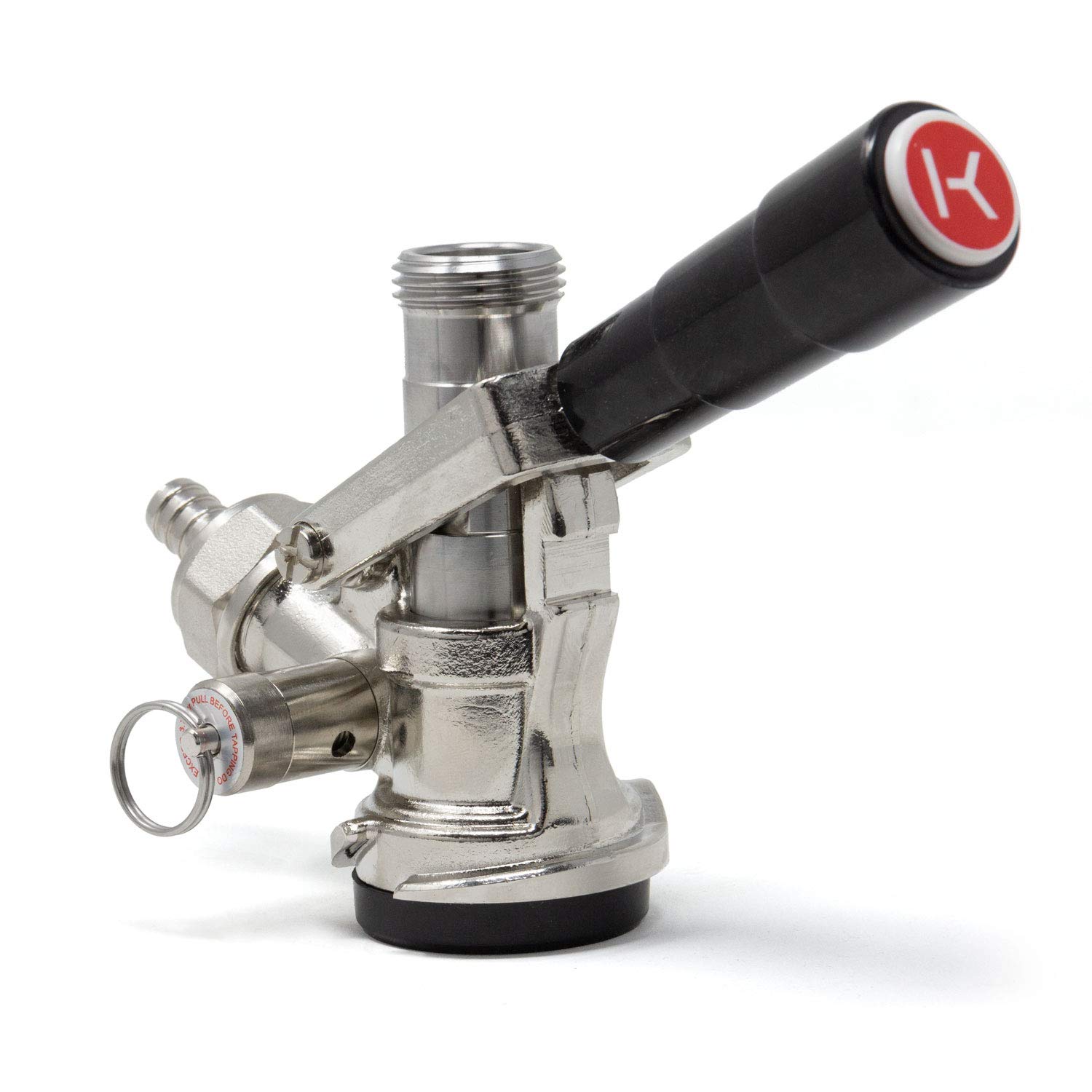
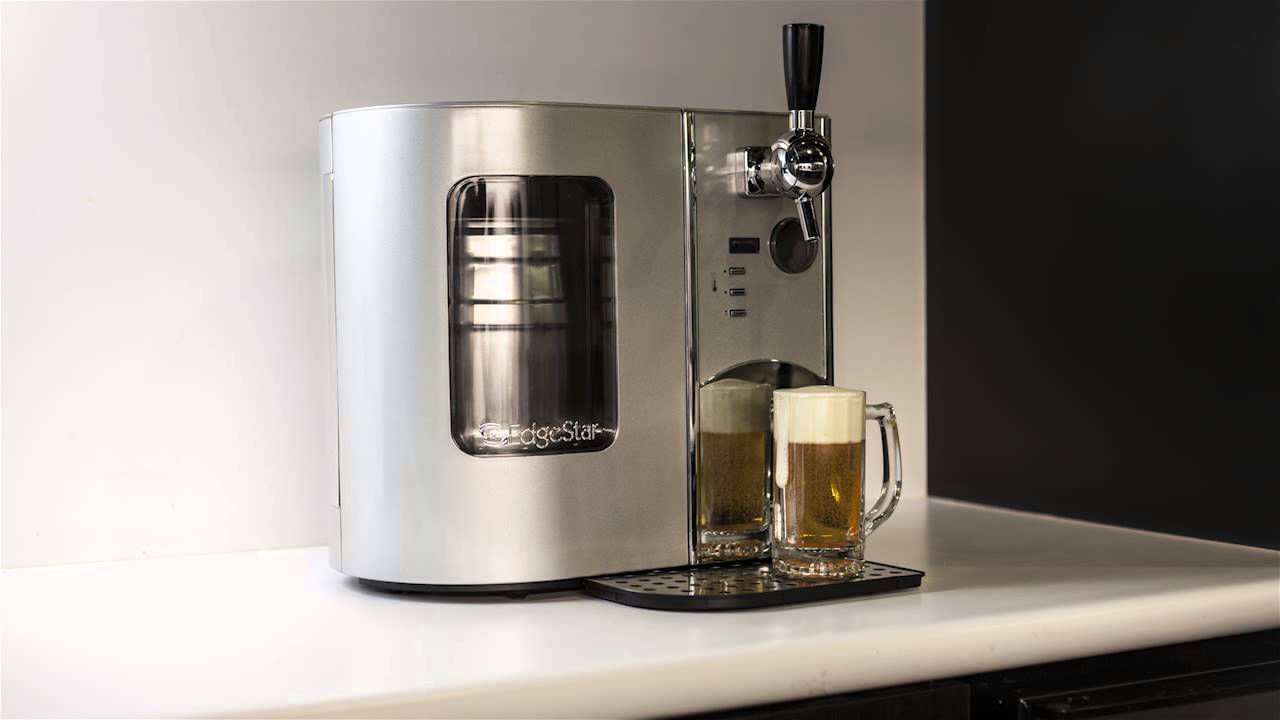
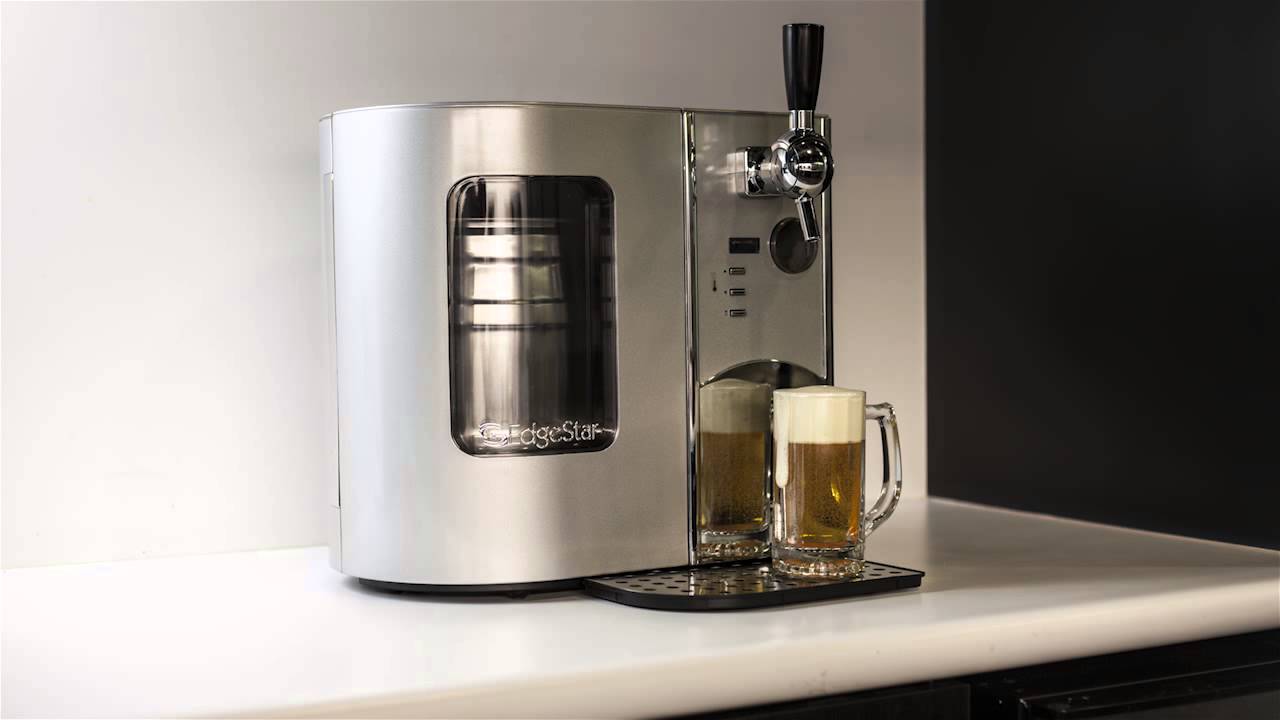
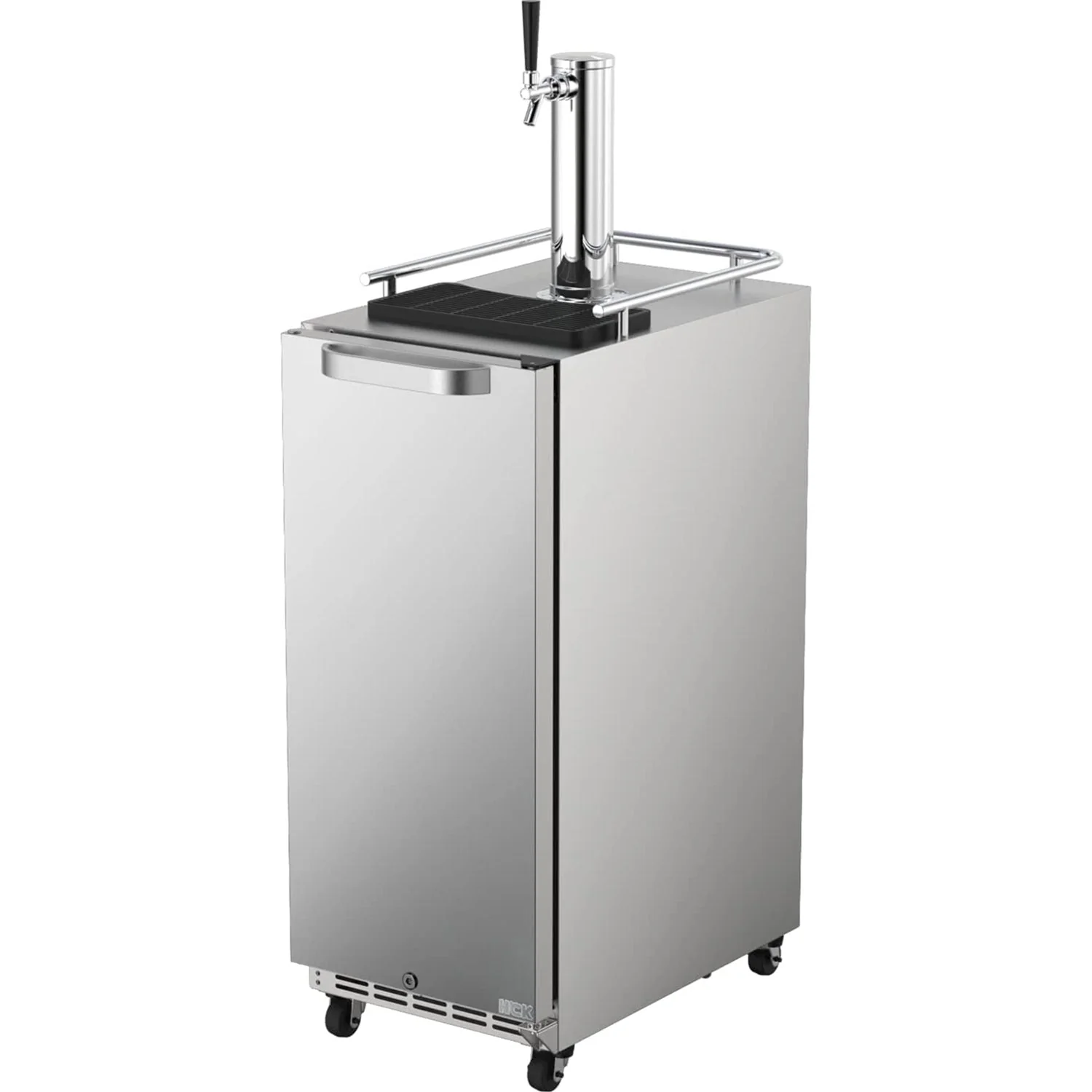
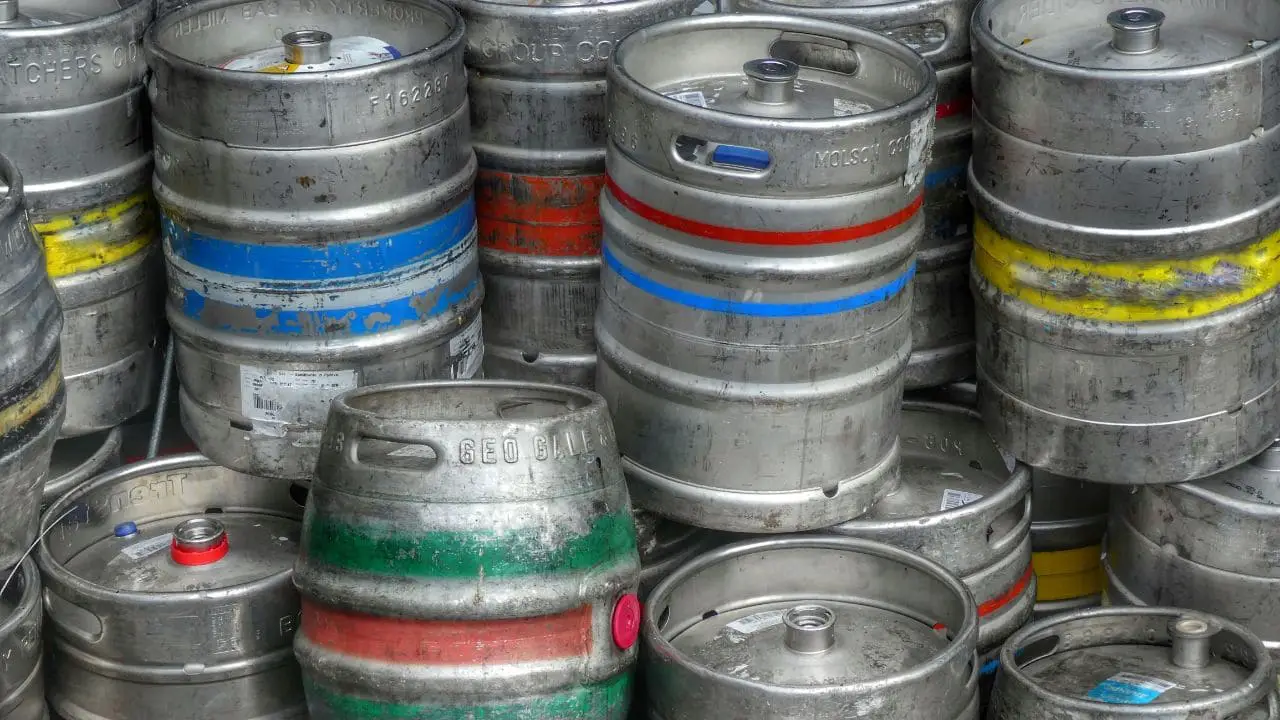
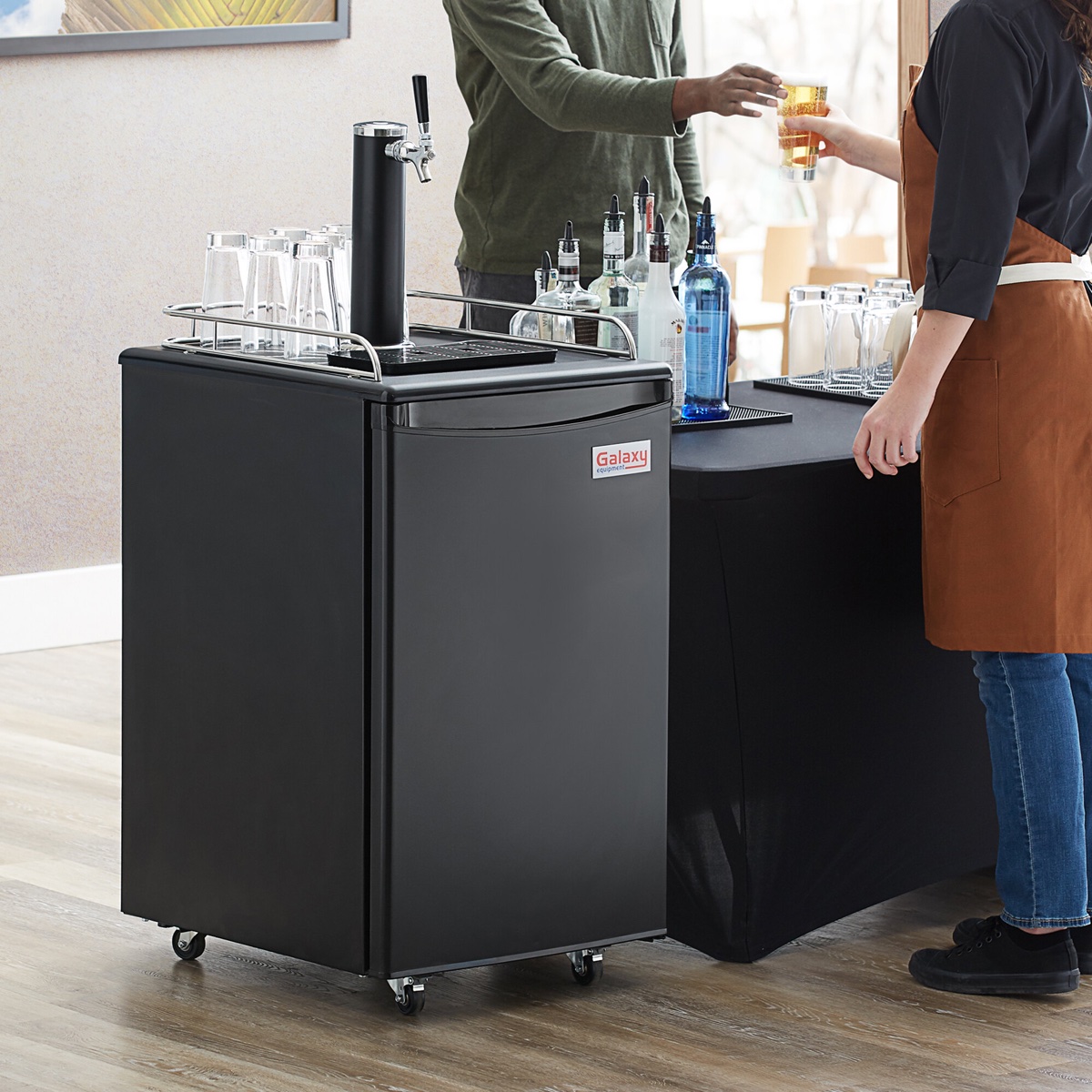
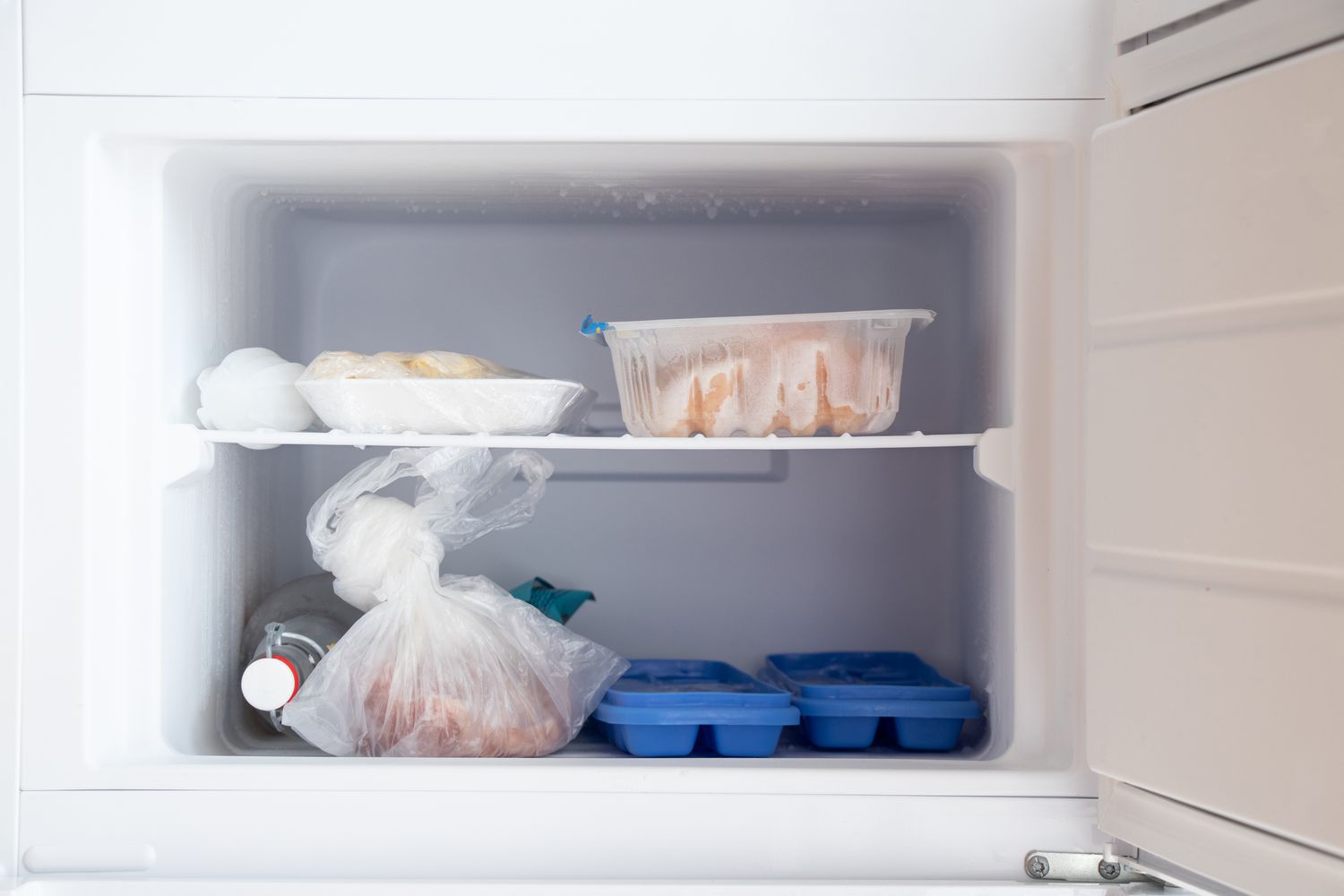
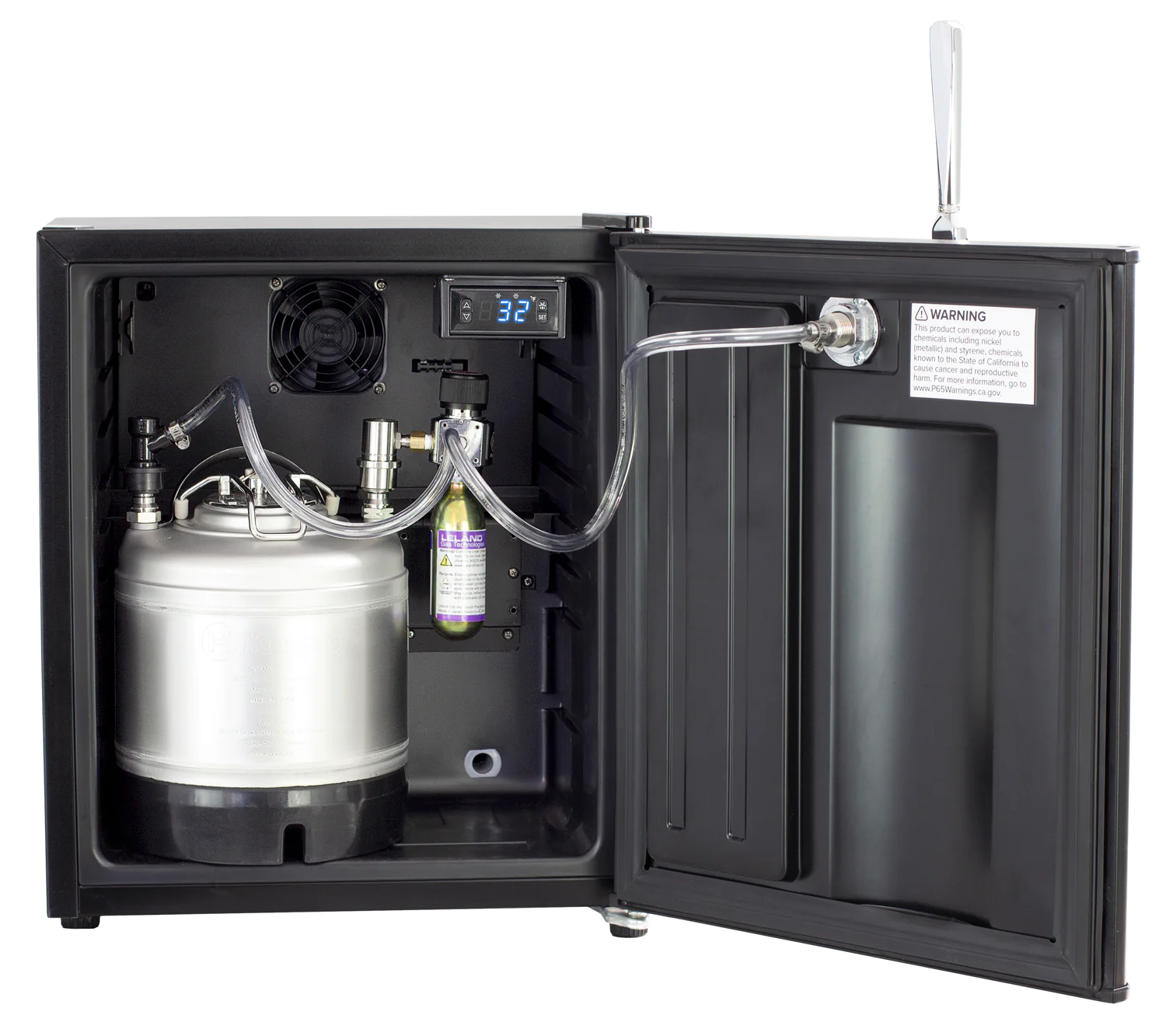


0 thoughts on “How Does A Mini Kegerator Work”